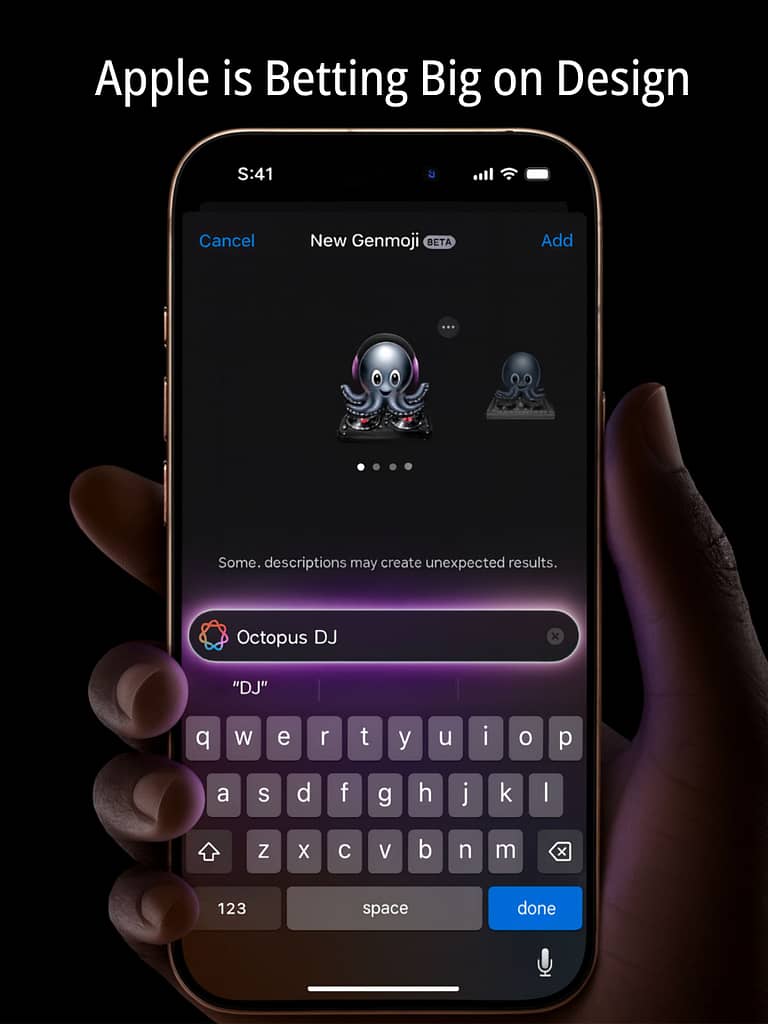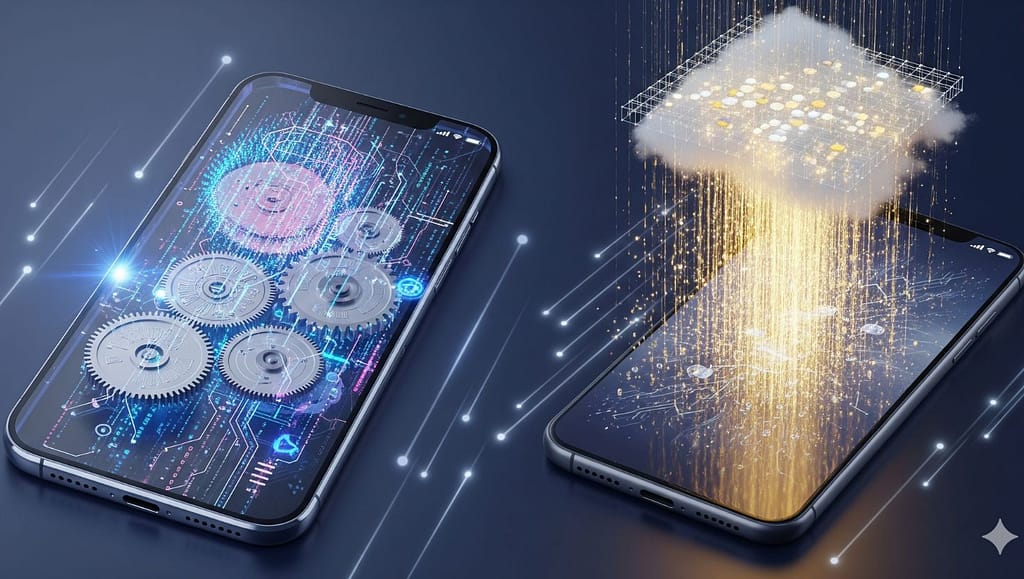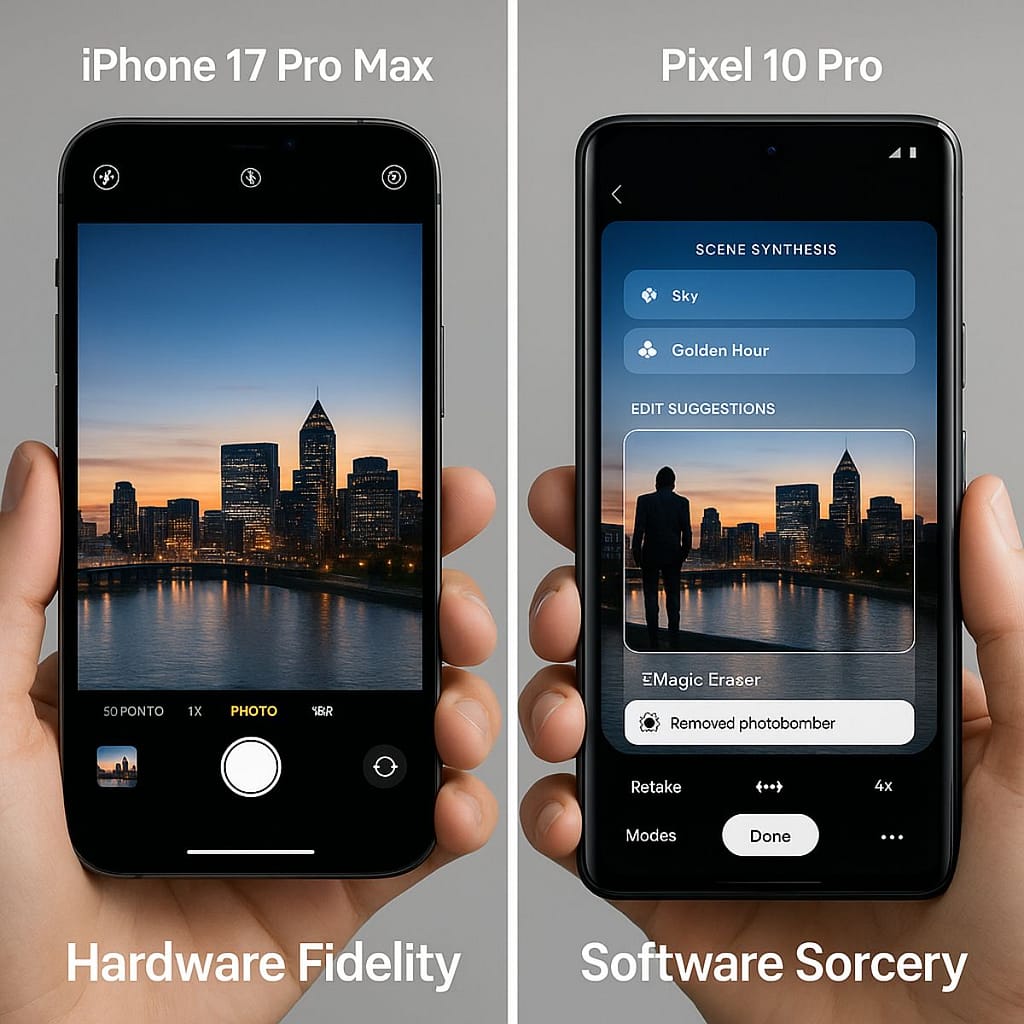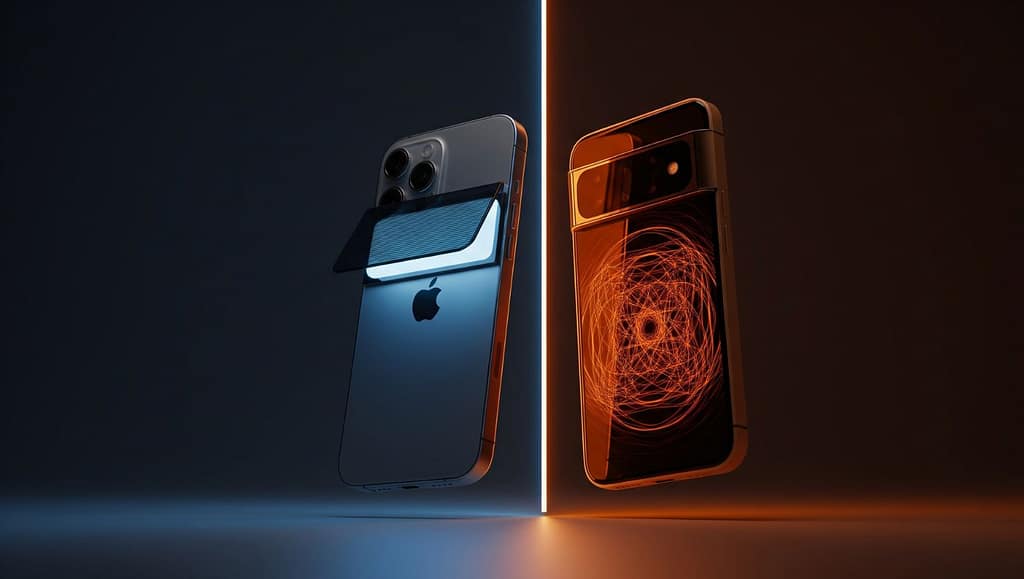Pixel 10 Pro vs iPhone 17 Pro Max showdown pits Google’s cloud-powered computational photography smartphone and revolutionary Tensor G5 vs A19 Bionic silicon against Apple’s pristine hardware and unparalleled on-device privacy. This isn’t just a spec battle; it’s a fundamental choice between on-device AI vs cloud AI philosophies, defining which powerhouse will be crowned the best flagship phone 2025 has to offer.
Let’s be real. You’re not choosing a phone anymore. You’re choosing a philosophy. You’re picking a side in the defining tech war of 2025: raw, unadulterated hardware mastery versus a cloud-powered, all-knowing AI brain.
The iPhone 17 Pro Max and the Google Pixel 10 Pro represent these two ideals in their purest forms. I’ve spent the last week with both, and this isn’t just a comparison of specs. It’s a battle for the soul of your smartphone.
The Feel: Sculpted Aluminum vs. Purposeful Utility
Pick up the iPhone 17 Pro Max, and it screams premium. The new horizontal camera bar isn’t just a functional change; it’s a statement. It feels solid, grounded, and incredibly well-built. The shift to a brushed aluminum frame gives it a distinct, cooler feel in the hand compared to the previous titanium models. It’s a design object first.

The Pixel 10 Pro feels different. It’s lightweight and ergonomic, but the design is unmistakably in service of its function. The camera visor houses sensors that are constantly gathering data.
It doesn’t feel as overtly “premium” as the iPhone, but it feels smart. It’s the difference between wearing a luxury Swiss watch and a cutting-edge fitness tracker packed with sensors. Both are high-end, but for entirely different reasons.
The Brain Trust: A19 Bionic vs. Tensor G5
This is where the philosophies violently diverge.
Apple’s A19 Bionic is a monster. It’s the undisputed king of raw performance. Gaming, 4K video editing, and multitasking are buttery smooth. Apple Intelligence runs flawlessly on-device—summarizing emails, creating custom emoji, and cleaning up photos happens instantly and, crucially, privately. It’s powerful, but it plays within the sandbox of your device.
Google’s Tensor G5 is a different beast. In raw benchmark tests, it still trails the A19. But that misses the point. Its entire architecture is designed to be a gateway to Google’s Gemini AI in the cloud. This is where the Pixel does things that feel like magic or borderline creepy.
Google’s Tensor G5 is a different beast. Its entire architecture is designed to be a gateway to Google’s Gemini AI in the cloud.
I asked both phones to plan a trip to Tokyo based on a rough idea in my notes. The iPhone gave me a well-structured list of suggestions and a link to create a note. The Pixel drafted a full email to my partner with flight options pulled from my Gmail, hotel suggestions based on my Maps history, and an entire day-by-day itinerary with restaurant reservations linked to my Google Account.
It was breathtakingly comprehensive. The iPhone felt like a powerful tool; the Pixel felt like a personal assistant.

The Trade-Off? Privacy vs. Power. The iPhone keeps your life on your device. The Pixel’s magic requires handing your data over to Google’s cloud. There is no right answer here, only a personal choice.
The Camera: Computational Photography’s Final Boss Fight
The camera battle has never been more distinct.
The iPhone 17 Pro Max’s new hardware is incredible. The 48MP telephoto sensor captures stunning detail. The video, especially in Dolby Vision, is untouchable. It captures what you see with breathtaking fidelity and consistency. It’s the professional’s choice.

The Pixel 10 Pro’s hardware is great, but it wins with software sorcery. Its new “Scene Synthesis” feature is a glimpse into the future. I took a video of my dog running in the park with a photobomber in the background.
Vivo V60 5G Launches in India Powerfully
With a few taps, the Pixel completely removed the person from the entire video clip, generating the missing background seamlessly. It wasn’t perfect, but it was 90% there—something no other phone can do. The iPhone takes perfect pictures of reality. The Pixel helps you create a better one.
Pixel 10 Pro vs iPhone 17 Pro Max: Who Actually Wins?
So, which one should you buy? Throw the spec sheet away. Ask yourself these questions:
Buy the iPhone 17 Pro Max if:
- You value privacy and want your data kept on-device.
- You demand the absolute best performance for gaming and pro apps.
- You’re deep in the Apple ecosystem (you own a Mac, iPad, or Apple Watch).
- You want the most consistent, reliable, and high-quality camera and video system.
Buy the Google Pixel 10 Pro if:
- You want a glimpse of the AI future today, and you’re comfortable with the cloud-based trade-off.
- You live in Google’s ecosystem (Gmail, Calendar, Docs, Photos).
- You value automation and contextual awareness over raw power.
- You want a camera that can redefine reality rather than just capture it perfectly.
There has never been a clearer choice. Apple is perfecting the smartphone. Google is inventing what comes next. You can’t make a wrong choice—you can only choose what kind of future you want in your pocket.







